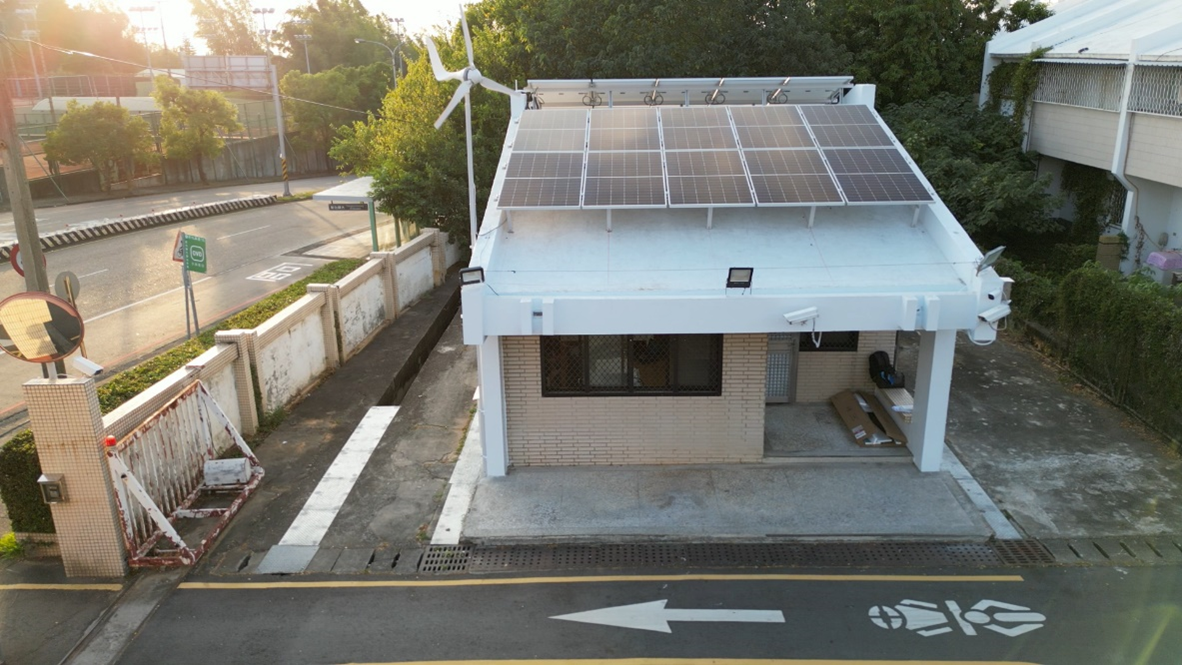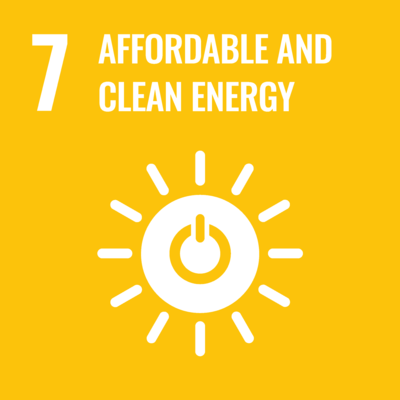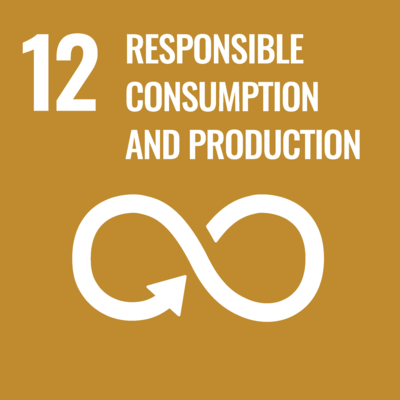SDG 13.4.2 Achieve by date
1. In addition to the existing 467 kWp solar power generation system, NCUE expects to install an additional photovoltaic solar power system with a total capacity of 4,107.43 kWp by the end of 2024 (3068.42.kWp for Jinde Campus and 1,044.64 kWp for Baoshan Campus), so that the total annual solar power generation reaches over 5,134,282 kWh.
2. Continuing our past power-saving achievements (saving approximately 18% of power consumption in the past 15 years), the University plans to invest more than NTD$5,000,000 million per year over the next 10 years into reducing the total power consumption of existing facilities, with a goal of achieving a 1% reduction in total power consumption each year (that is, more than 150,000 kWh per year). It is expected that by2029, the total annual power consumption of existing equipment will be reduced by at least 1,300,000 million kWh, compared to 2022.
3. For Baoshan Campus, the total capacity of the solar energy system will reach 1,044.64 kWp by the end of 2024, and power consumption during peak hours will be reduced to 800 kWh, thus attaining carbon neutrality during peak hours.
4. For Jinde Campus, the total capacity of the solar energy system will reach 3068.42 kWp by the end of 2024, and power consumption during peak hours will be reduced to 2,400 kWh, attaining carbon neutrality during peak hours.
5. NCUE has completed the installation of 2,091.375 kW and 571.5 kWp of solar power at the Jinde and the Baoshan Campuses respectively. Based on the average sunshine of 3.5 hours in the Changhua area of Taiwan, the total amount of electricity generated was (2091.375+571.5)×365×3.5= 3,401,823 kWh (kilowatt-hour). According to the Ministry of Economic Affairs, the carbon emission factor for electricity in 2023 was 0.494 kg CO2/kWh, therefore, carbon emissions are expected to be reduced by 3,401,823×0.494=1,683,500 kg at NCUE. Peak electricity consumption during winter or summer vacation was lower than the amount of electricity generated by solar power. With a total installed capacity of 1,410 kWh, NCUE’s energy storage system can fully store the excess solar power generation and transfer the energy from renewable energy to nighttime use. Therefore, NCUE can not only harness renewable energy to achieve carbon neutrality during the daytime, but also increase the degree of carbon neutrality during the nighttime by utilizing a large-scale energy storage system to increase the utilization rate of renewable energy, as shown in Table 1.
Table 1. Annual, peak solar power generation (kW), peak electricity consumption, and percentage generated through solar power
|
Campus |
Year |
Solar Energy Generation during Peak Hours (kW) |
Power Consumption during Peak Hours (kW) |
Proportion of Solar Power to Total Power Consumption |
|
Jinde |
Before 2020 |
467 |
3000 |
15.57% |
|
2021-2022 |
2558.375 |
2600 |
98.39% |
|
|
2023-2024 |
3068.415 |
2400 |
>100% |
|
|
Baoshan |
Before 2020 |
0 |
1000 |
0% |
|
2021-2022 |
571.5 |
900 |
63.5% |
|
|
2023-2024 |
1044.64 |
800 |
>100% |
6. NCUE is scheduled to complete the construction of a Net Zero Energy House demonstration site by early 2024 (Figure 1). This building will be equipped with rooftop solar panels, small wind turbines, and an indoor energy storage system, allowing it to achieve 100% renewable energy usage. The demonstration site will serve to promote the policy goal of net-zero carbon emissions.

Figure 1. Net Zero Energy House Demonstration Site
7. Based on the above information, NCUE expects to achieve preliminary carbon neutrality by 2029.

















